
The threatened species in our urban jungle
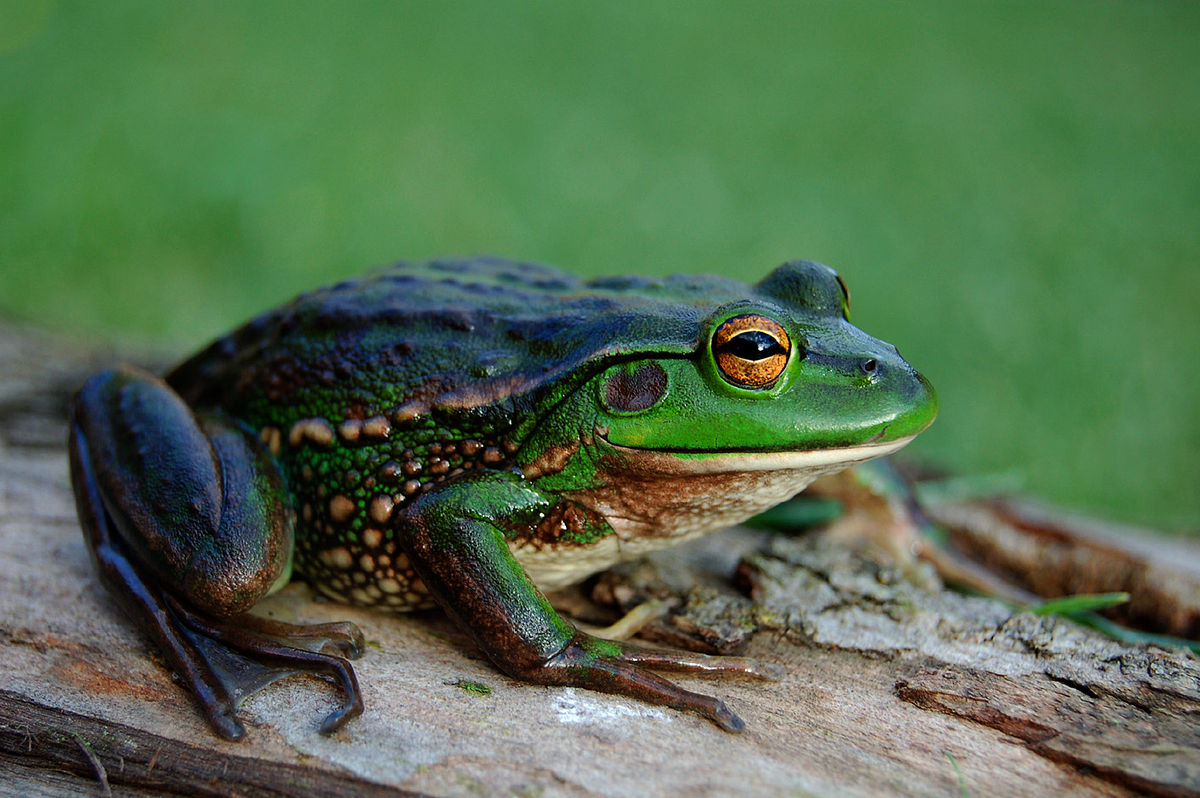
Far from being a biodiversity wasteland, urban environments are home to some of Australia’s most threatened species
Published 11 February 2018
If you’re like most Australians, chances are you’re an urban dweller, and your idea of “city wildlife” probably includes pigeons, seagulls and those big, hairy possums that wander along powerlines and eat your roses.
But in fact, you probably share your neighbourhood with some of Australia’s unique and threatened plants and animals. Through the National Environmental Science Program, we have identified almost 380 nationally-listed threatened species that occur in urban areas across the country.

The incredible variety of plants and animals that share our cities shows that nature watching and conservation isn’t only for protecting pristine wilderness – you can both appreciate and encourage nature where you live, study and work.
So what kind of threatened species survive in the city? Here’s a look at ten urban dwellers you can seek out for yourself and get to know a little better. And if you can’t spot them outside, you can use our interactive map to find out which threatened species live in your neighbourhood.
1. stunning orchids
More than sixty of Australia’s threatened orchid species are found in cities and towns, so there’s a good chance your suburb has its own unique floral wonder.
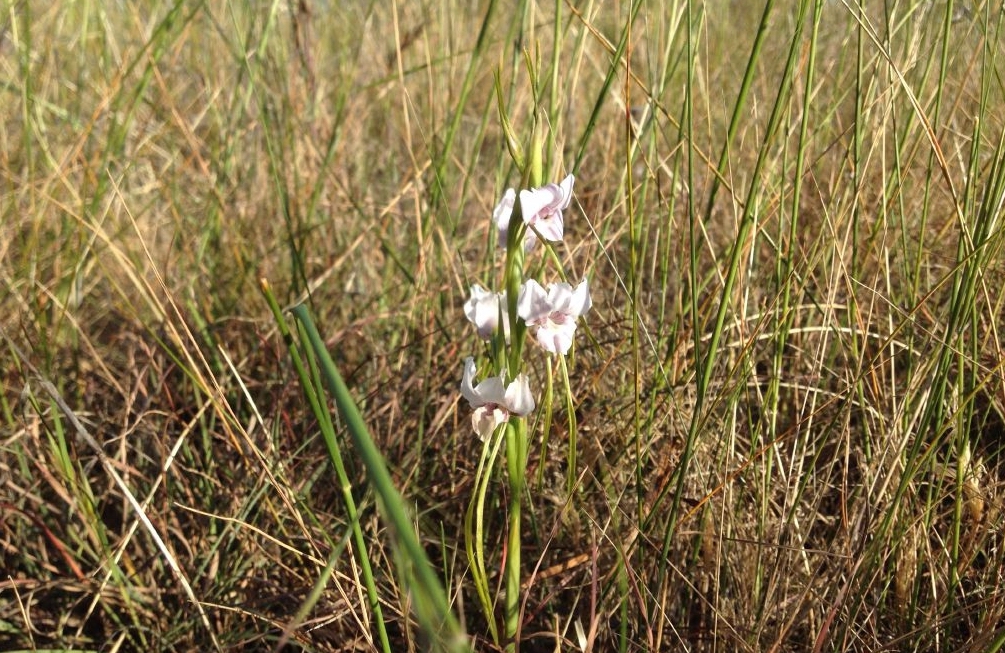
Take the Sunshine Diuris - the flower was once so common across the north-western plains of Melbourne that it looked like ‘snow in the paddocks’. Now, the last natural population survives in, aptly enough, the suburb of Sunshine, tucked away against the local railway line.
2. perth’s black cockatoos
Australians love a larrikin. And in the animal kingdom, there’s none greater than a black cockatoo.

Perth hosts not one, but three threatened cockatoo species: Baudin’s Black Cockatoo, Carnaby’s Black Cockatoo, and the Forest Red-Tailed Black Cockatoo.
They’re a great example of how some species can take advantage of novel resources in cities. The cockies have turned to feasting in urban pine plantations, drinking from backyard bird-baths, and even nesting in the odd chimney. But with good, old-growth nesting trees scarce in the city, conservationists are lending a helping hand by providing artificial nest boxes.
3. creatures of the night
Many urbanites might scoff at the idea of conserving urban possums, but Western Ringtail Possums don’t fare as well as their rose-munching cousins from the east.
Found in Perth, Bunbury, Busselton and Albany, these tree-dwellers can have a tough time in the suburbs - roads, canals, and frisky pets make moving along the ground tricky and dangerous. Rope bridges are a fantastic solution, allowing possums to move safely from tree to tree on their nocturnal foraging, house hunting and mating journeys.
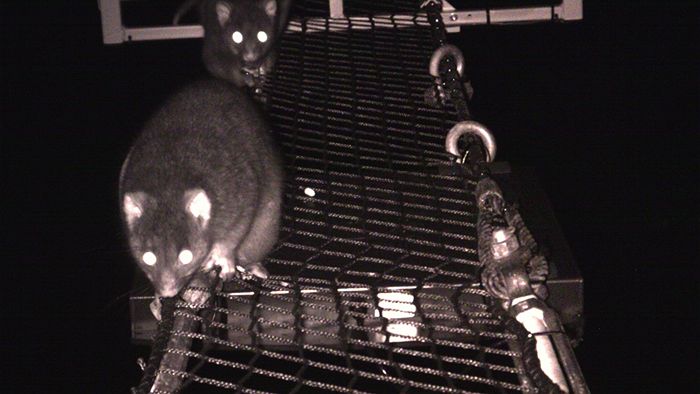
4. fantastic frogs
Green, gold and flashy - the Growling Grass Frog is one of the showier urban amphibians of south-eastern Australia.
Affectionately known as ‘growlers’ (listen to their call and you’ll understand why), these big frogs love basking in the sun on the banks of wetlands, old quarries, and even roadside drains. But they’re losing out to urban growth - of the 24 towns they have been recorded in, only 13 still have resident growlers left today.
5. furry mischief
Small, ground-dwelling animals often struggle to survive in urban areas. They’re easy prey for foxes or roaming pets, struggle to cross roads, and are often mistaken for ‘ferals’, ending up poisoned or caught in traps.
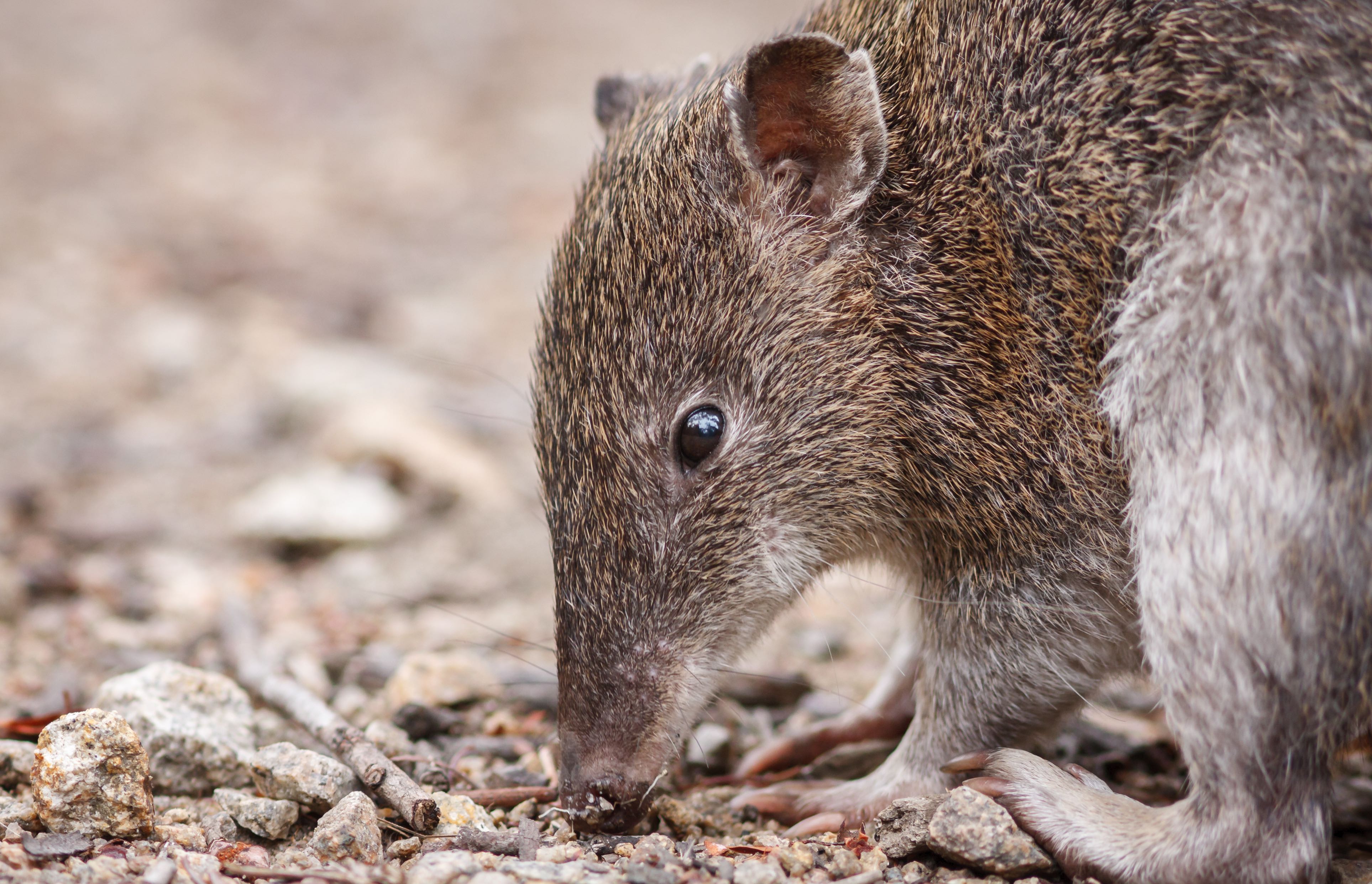
But some bandicoots have managed to buck this trend. Southern Brown Bandicoots can be found scampering through roadsides, backyards and golf courses in Adelaide, Melbourne and Sydney.
Some have even been seen snacking on pet food left out for dogs.
6. from beyond the bay

Sciences & Technology
Re-diversifying our waterways, a garden stake at a time
Species that live most of their lives at sea sometimes visit our bayside cities.
The stern-looking Black-Browed Albatross nests on remote sub-Antarctic islands, but over winter can be spotted on the shores of places like Torquay in Victoria, Wollongong in NSW and Brisbane in Queensland.
With an impressive wingspan that can reach up to 2.5 metres, these birds are spectacular to see. But sadly, like many marine creatures, floating rubbish has contributed to their downfall.
7. majestic giants
Give me a home among the gum trees, or so the song goes. If you’re lucky, your home might be near one of the 16 species of endangered eucalypts found in urban areas.
Morrisby’s Gum is unique to Hobart, and grows nowhere else in the world. First found on the Morrisby property near the the Derwent River valley in 1939, this silver-leaved icon is now “one of the most endangered eucalypts in Australia”.
8. rock-in’ the suburbs
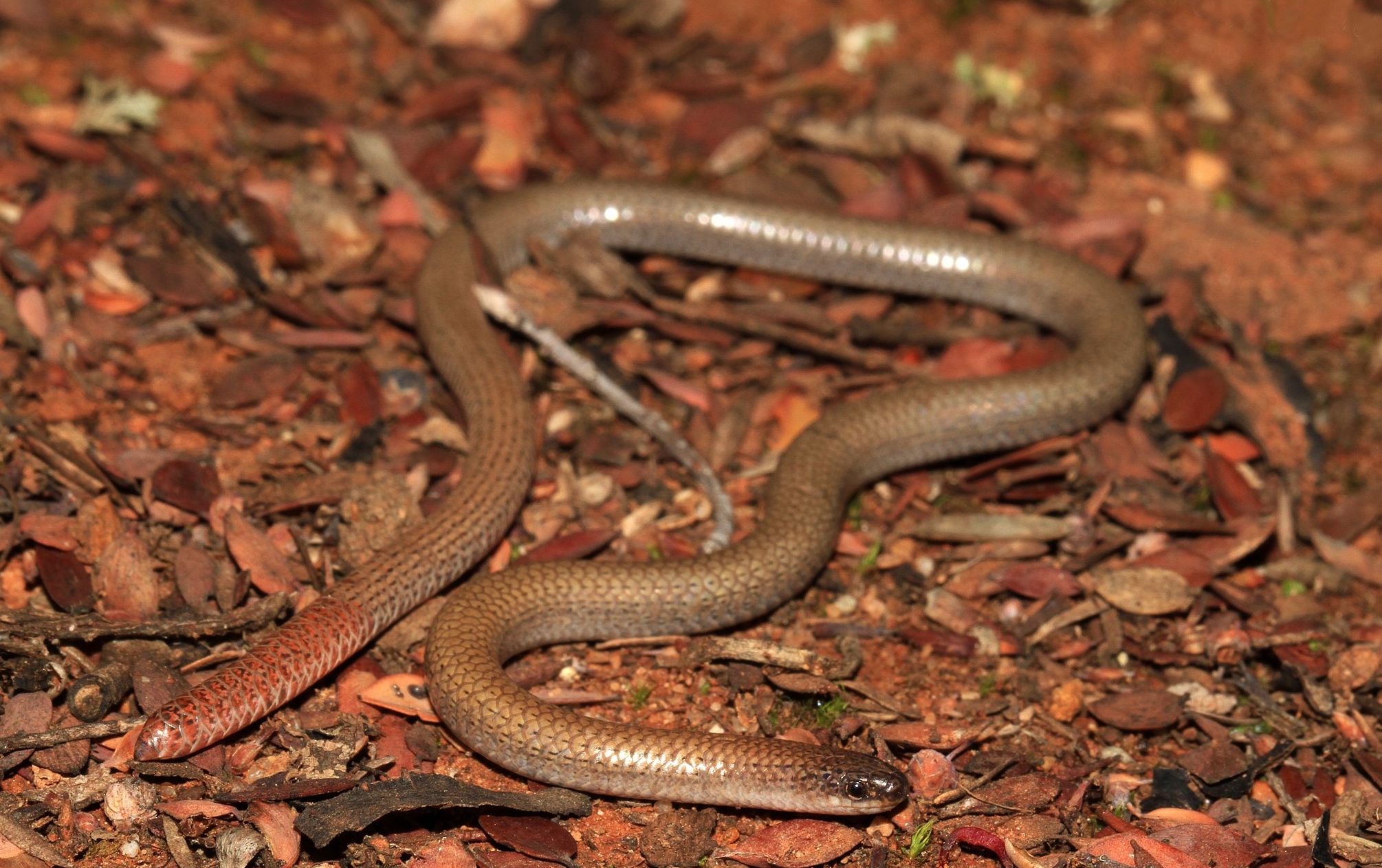
If you’re concerned with ants ruining your picnic, you should be a big fan of this next species.
The Pink-Tailed Worm-Lizard is exactly what it sounds like, and this little legless lizard loves ant eggs.
Found in Canberra, Bendigo and the outskirts of Albury-Wodonga, they live in rocky outcrops in grasslands and woodlands. Unfortunately, prime real-estate for lizards is also prime real estate for people, and pink-tailed worm lizards are often threatened by urban development.

Sciences & Technology
Secrets from beyond extinction: The Tasmanian tiger
By creating new rock piles in roadsides, parklands and gardens conservationists hope to make urban areas more lizard-friendly.
9. just passing through
Not all species on our list would call cities “home”. Many are just visitors.
Some come for a good feed and well-earned rest during a long migration. Others may only flock to cities at certain times of year to visit seasonal feeding or breeding grounds.
The Orange-Bellied Parrot is arguably one of Australia’s most well-known endangered birds – and even they depend on cities from time to time; over winter, the birds can be spotted taking a break at one of Melbourne’s sewerage treatment plants.
10. back in the day
There are many species you won’t find in cities today - but it hasn’t always been the case.

For example, there are fourteen species of plants and animals that used to be found in Melbourne that have now disappeared from the ‘burbs.
One is the Eastern Quoll - its spotty coat and ferocious attitude are now only found in Tasmania.

But Eastern Quolls were spied in Melbourne’s eastern suburbs as recently as the 1960s. Could we ever make cities wildlife-friendly enough to have quolls roaming the streets once again?
So there you have it – there’s a lot more to urban nature than meets the eye.
Our research shows that cities and towns can be really important to many threatened plants and animals. And this means that the actions we take in the places we live, work and study can make a big difference in the fight against extinction.
The more people who become involved in conserving nature within their local communities, the more likely we are to maintain the diverse flora and fauna in our urban centres.
Banner image: Growling Grass Frog/Wikimedia
